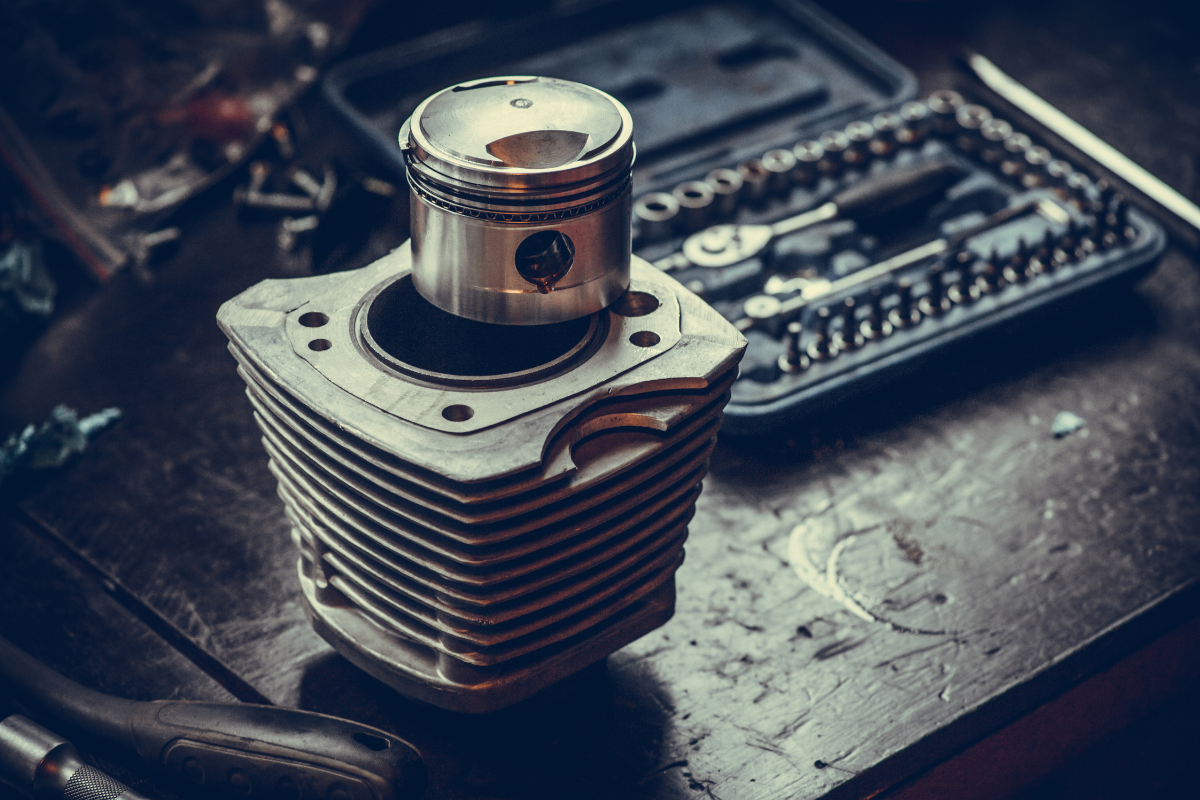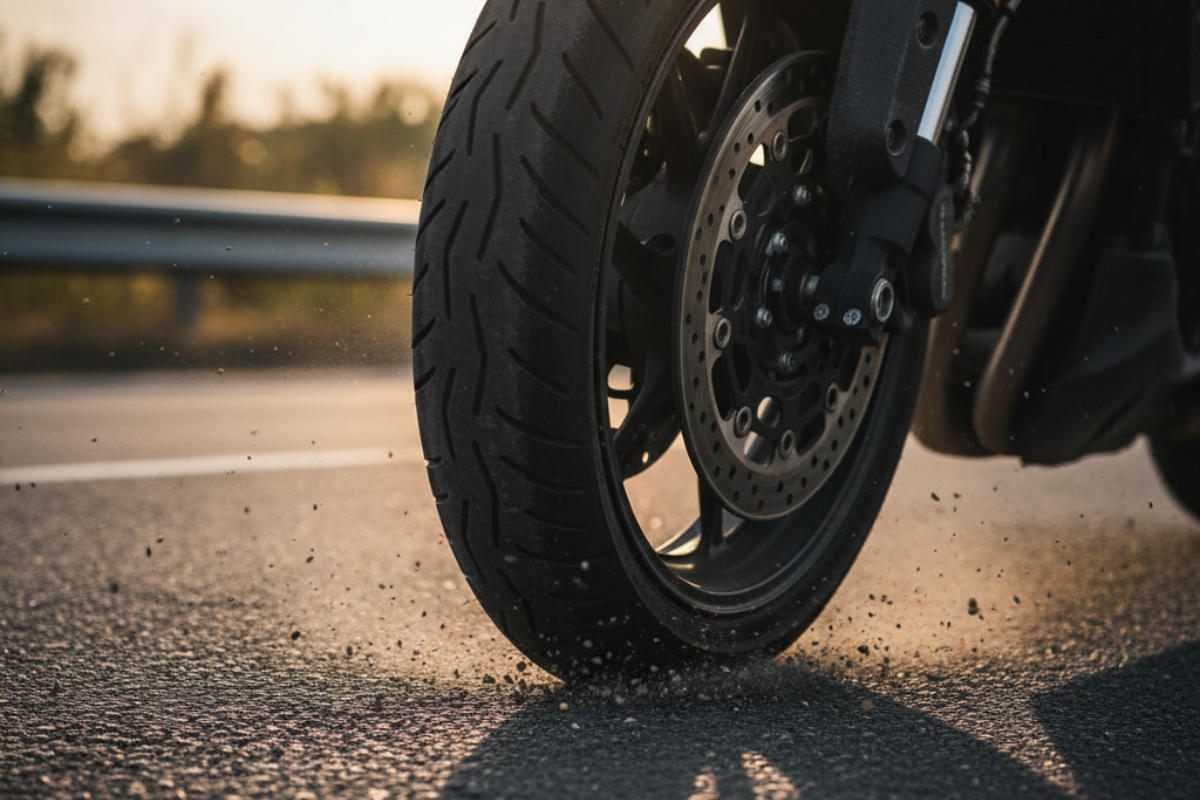The Art of Motorcycle Engine Braking: A Rider's Guide
Riding a motorcycle is a symphony of coordinated actions—throttle, clutch, brakes, and body position all working in harmony. One of the most nuanced, yet essential, skills in a rider's toolkit is engine braking. It’s a technique that separates the novice from the experienced, offering a layer of control that goes beyond just squeezing the brake lever.
This guide will break down everything you need to know about motorcycle engine braking, from the what and why to the how and when.
1. What is Engine Braking?
Engine braking is the process of using the engine's internal resistance to slow the motorcycle down. When you roll off the throttle and the engine is in gear, the vacuum created within the cylinders during the intake stroke works against the pistons. This resistance is transferred through the drivetrain to the rear wheel, creating a decelerating force. It’s essentially the engine working in reverse—instead of using combustion to turn the wheel forward, the wheel's momentum is turning the engine over against its own compression, which slows you down.
2. Why Is It Used?
Engine braking isn't just a party trick; it's a fundamental technique used for several key reasons:
-
Controlling Speed on Descents: On long, steep downhill sections, relying solely on your friction brakes can cause them to overheat and fade, reducing their effectiveness. Engine braking provides a constant, controlled slowing force without ever touching the brake lever.
-
Setting Up for Corners: It allows for a smooth, predictable deceleration as you approach a turn. By downshifting and using the engine to scrub off speed, you can keep the chassis stable and balanced, ready to lean into the corner.
-
Enhancing Overall Control: It provides an additional method of speed modulation, giving you more options in traffic or on challenging roads.
3. How to Effectively and Safely Apply Engine Braking
Applying engine braking correctly is key to doing it smoothly and safely. An abrupt or clumsy application can upset the bike's balance.
Here’s the process:
-
Roll Off the Throttle: The first step is to smoothly close the throttle. This action alone will initiate a gentle engine braking effect.
-
Pull in the Clutch: Disengage the clutch just enough to allow a gear change.
-
Downshift: Select the next lower gear. The lower the gear, the higher the engine RPMs will be, and the stronger the engine braking effect.
-
Throttle Blip (Rev-Matching): This is the secret to smoothness. As you are downshifting, give the throttle a quick, small "blip" or twist. This momentarily raises the engine's RPMs to match the speed of the lower gear you're about to engage.
-
Release the Clutch Smoothly: Let the clutch out progressively. Don't just dump it. A smooth release will transfer the engine braking force to the rear wheel without causing a sudden jolt or, in extreme cases, a rear-wheel skid.
Safety Tip: Practice in a safe, open area. Get a feel for how your bike responds in different gears. Avoid aggressive downshifting on slippery or low-traction surfaces, as it can cause the rear wheel to lock up.
4. What are the Benefits?
-
Reduced Brake Wear: By supplementing your friction brakes with engine braking, you significantly reduce wear on your brake pads and rotors, saving money in the long run.
-
Improved Stability: Smooth engine braking keeps the motorcycle's suspension settled. Hard braking can cause the front forks to dive aggressively, upsetting the bike's geometry and balance.
-
Better Rider Engagement: It forces you to be more in tune with your motorcycle, anticipating gear changes and managing RPMs, making you a more active and aware rider.
-
Predictable Slowing: It provides a consistent and easily modulated deceleration force, especially useful in slow-speed maneuvers or when riding in formation.
5. What are the Side Effects and Risks?
While beneficial, engine braking isn't without its potential downsides:
-
Rear Wheel Hop or Lock-up: If you downshift too aggressively without rev-matching (blipping the throttle), the abrupt force can cause the rear wheel to chirp, hop, or even lock up for a moment. This is why a smooth clutch release is critical. Modern bikes with slipper clutches are designed to mitigate this risk.
-
Increased Drivetrain Wear: While you save your brakes, engine braking does put slightly more stress on the chain, sprockets, and transmission components over time. However, these are robust parts designed to handle these forces.
-
No Brake Light: A significant safety consideration. When you're only using the engine to slow down, your brake light does not illuminate. It's crucial to tap your rear brake pedal lightly to alert drivers behind you that you are decelerating.
6. A Quick Comparison
|
Pros |
Cons |
|---|---|
|
Reduces wear on brake pads and rotors |
Puts minor additional stress on drivetrain |
|
Improves control and stability |
Can cause rear-wheel lock-up if done poorly |
|
Prevents brake fade on long descents |
Does not activate the brake light |
|
Smoother deceleration for corner entry |
Can be jerky if not performed smoothly |
|
Increases rider engagement |
Requires more skill and practice |
Motorcycle engine braking is more than just a technique; it's a core component of skillful, fluid riding. By understanding how to use the engine to manage your speed, you unlock a new level of control and confidence on the road. It saves your brakes, keeps the bike stable, and makes you a more connected and proficient rider.
Like any skill, it requires practice. Start slow, focus on being smooth, and always remember to tap your brake to let others know you're slowing down. Master this, and you'll find your riding becomes safer, more efficient, and ultimately, more enjoyable.



